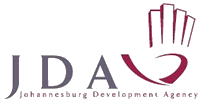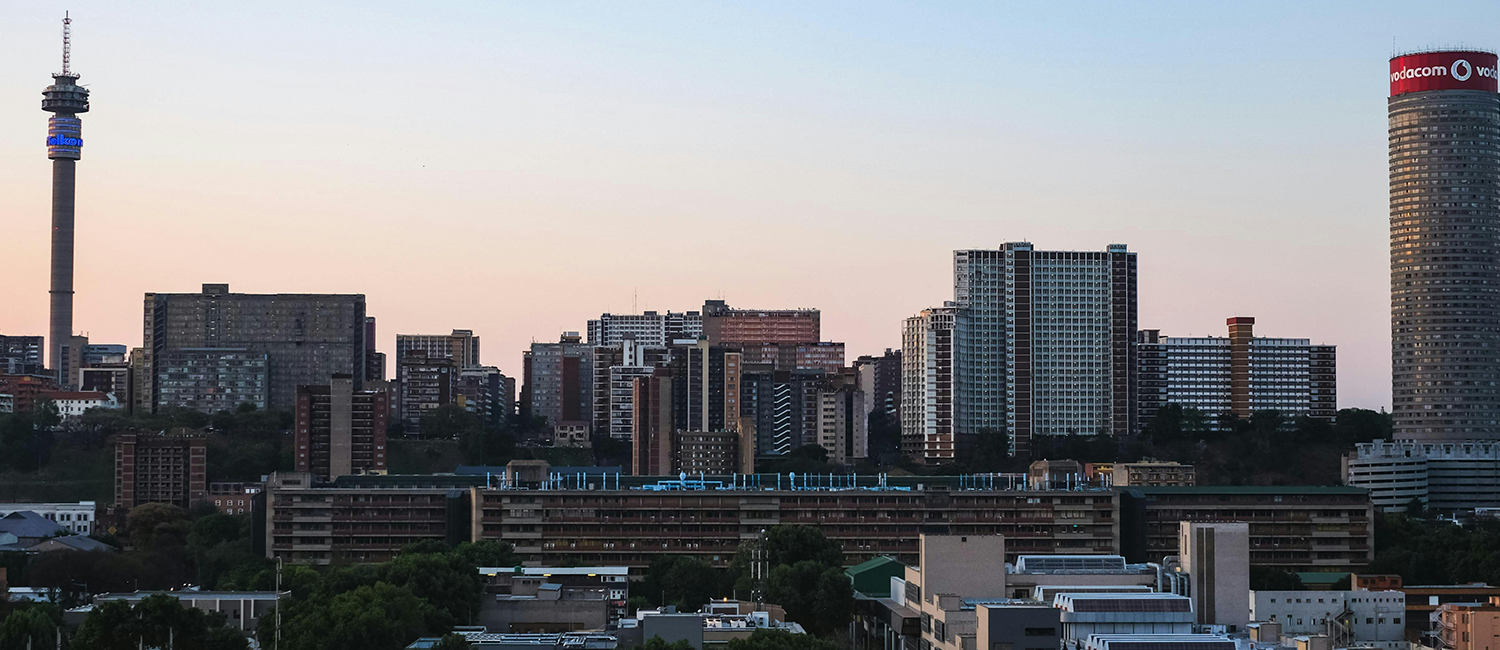THE state of public transport in Gauteng was the topic of a conference attended by stakeholders in the public and private sector and held at the Radisson Blue Hotel in Sandton yesterday.
Public transport today was assessed, and views were given on the essential character of a future system. Environmental concerns relating to an inefficient, motorised public transport system and the role that the private sector can play in funding large-scale transport infrastructure in the province were debated.
“This is the first time that representatives from the public service at the provincial and municipal levels, the private sector, academics, transport planners and representatives of civil society have taken a critical look at the state of public transport in a city region that straddles three contiguous metropolitan municipalities” said the Gauteng MEC for roads and transport, Ismail Vadi.
“This is a historic conference. It is important that we use it to develop a shared perspective on the current state of public transport, which must lay the basis for a more reliable, affordable, safe and integrated transport system in Gauteng.”
Prasa
In South Africa, rail plays an important role in the daily mobility needs of ordinary people. Lucky Montana, the group chief executive of the Passenger Rail Agency of South Africa (Prasa), said there was no such thing as public transport in South Africa; rather there was communal transport, transporting people from townships to town.
Most people in Gauteng used trains as their main mode of transport, he pointed out, saying that Metrorail trains carried about 30 000 people a day and about 256 million passengers a year.
He admitted the railway was dogged by problems. “The state of Metrorail is bad. The railway infrastructure and technology has reached the end of its design lifespan,” said Montana.
Most of its trains were 45 years old or older. Metrorail had seen a decrease in passenger numbers of 28 percent in 2009 as a result of economic conditions, lack of sufficient infrastructure and poor service delivery.
There were 25 000 to 30 000 train trips each month in Gauteng and an available train fleet of 2 296 coaches, of which 712 coaches, or 31 percent, were out of service. Punctuality was another concern, with Montana saying that only 85 percent of trains were on time.
“Train delays have a negative impact on both passengers and Metrorail itself. There is often overcrowding and commuter backlash, where passengers burn down trains.”
But Metrorail could not shut down because most people used its trains. Its passengers were mainly low income earners, such as domestic workers. “Prasa is implementing a bold plan to transform and modernise passenger railways. An investment of R136-billion is anticipated over the period ahead in rolling stock alone.”
Montana said his organisation was emphasising replacement rather refurbishment because upgrading trains was “a waste”.
Prasa was looking at elements of modern railways, to be installed and operational from 2014/15. This would include a modern commuter fleet, new depots, modern signalling and train control systems, modern stations, integrated ticketing system, telecommunications, signage and speed gates.
“The refurbishment of trains will create about 65 000 direct and indirect jobs. The long term procurement will allow local capability to evolve to above 65 percent of the value of a coach produced locally, and prepare South Africa as an export country for rolling stock equipment,” he stated.
Gautrain
Jack van de Merwe, the chief executive of Gautrain, stated that public transport worked only when people started using it.
“Gautrain stimulates economic growth, local and foreign investment and job creation. Gautrain was designed to restructure urban areas, to reduce travel distances, time and cost, and to improve city sustainability.”
So far, Gautrain had promoted the use of public transport since it carried about 100 000 passengers a day. However, its problem lay with the ticket infrastructure, he admitted.
“Gautrain has integrated with Prasa stations and the Rea Vaya,” he said. This means passengers are able to take BRT buses to Gautrain stations, and then take the Gautrain. Eventually, they will be able to get from Soweto to Rosebank and Sandton stations as Rea Vaya extends its routes.
Moreover, Van de Merwe said Gautrain would soon extend its route to East Rand Mall.
Rea Vaya
Rehana Moosajee, the portfolio head for transport in Johannesburg, spoke on behalf of Rea Vaya, the City’s Bus Rapid Transit (BRT) system.
She pointed out that two thirds of people in Gauteng did not have private cars and that a large percentage of people walked as part of their mobility. “Establishment of public transport is vital to avoid traffic.”
She promoted cycling as a viable alternative. It is also encouraged by 8-80 Cities, an international group devoted to making cities more liveable.
Moosajee said BRT systems were internationally recognised. Rea Vaya was an economic growth project and had helped restructure apartheid spatial planning by bringing Soweto closer to the city.
Moreover, Tshwane and Ekurhuleni municipalities were also adopting the BRT concept. Tshwane would start construction of its BRT in June, with buses expected to start operating in July 2013.
Source: Joburg.org.za

